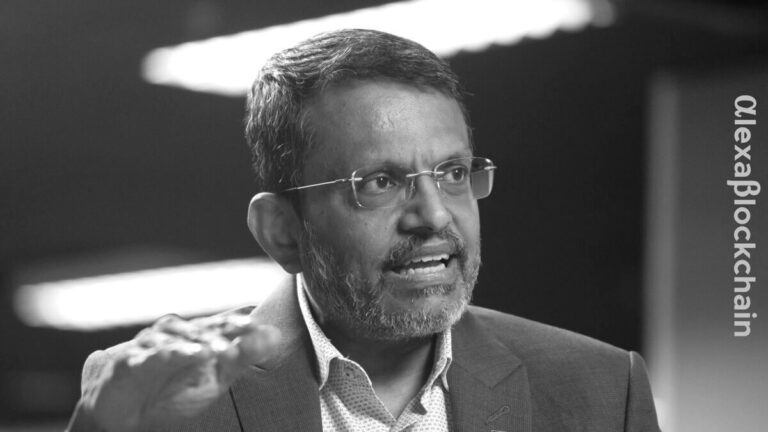Quick Take
Singapore’s central bank chief, Ravi Menon, predicts the decline of private cryptocurrencies, foreseeing a future dominated by central bank digital currencies, tokenized bank liabilities, and regulated stablecoins. Menon critiques private digital coins for their volatility and inability to hold value, contrasting with the emerging stability and potential of government-backed digital currencies.
Singapore’s Central Bank Chief Forecasts End of Private Cryptocurrencies, Highlights Rise of Regulated Digital Money
In a panel discussion at the Hong Kong Monetary Authority-Bank for International Settlements event, Singapore’s central bank chief, Ravi Menon, offered a stark forecast for the future of private cryptocurrencies. Menon asserted that such cryptocurrencies, failing to meet the fundamental tests of financial services, are destined to fade from the monetary landscape. This bold prediction delineates a future monetary system comprising central bank digital currencies (CBDCs), tokenized bank liabilities, and tightly regulated stablecoins.
Menon’s critique centers on the volatility and unreliability of private digital coins, arguing that their inability to maintain value disqualifies them as a sustainable form of money. This viewpoint emerges amidst Singapore’s recalibration of its stance on cryptocurrencies, particularly following setbacks with entities like Three Arrows and Terra.
Contrasting the fate of private cryptocurrencies, Menon emphasizes the emerging paradigm of stablecoins. These digital currencies, backed by high-quality government securities or cash, promise stability and utility akin to narrow money, with the added benefit of tokenization fostering innovation in financial applications.
RBI Deputy Governor Advocates for CBDCs, Stresses on Data Privacy and Cybersecurity in Digital Currency Evolution
Parallel to Singapore’s perspective, M. Rajeshwar Rao, a deputy governor at the Reserve Bank of India (RBI), shared insights at the same panel. Rao highlighted the potential of CBDCs, particularly if they address unmet user needs through accessible technology and infrastructure. He underscored the importance of data privacy, cybersecurity, and resilience in ensuring the trustworthiness of CBDCs, akin to physical currency.
Rao also revealed the RBI’s progress with its pilot CBDC, which has engaged approximately 2.75 million participants. He envisages an expanded role for CBDCs, including their integration into interbank money market transactions. However, Rao acknowledges that the transition from bilateral to multilateral implementation of CBDCs requires careful consideration and planning.
Shifting Trends in Digital Currency: From Volatile Cryptos to Stable, Regulated Alternatives
In essence, the viewpoints from Singapore and India’s central banking authorities reflect a broader trend in the digital currency landscape. While private cryptocurrencies face skepticism and declining confidence due to their inherent instability, regulated digital currencies like CBDCs and stablecoins are gaining traction. These digital currencies, with the backing of government and financial institutions, promise a more secure and stable future for digital transactions, aligning with traditional financial principles while embracing technological innovation.
As the digital currency space continues to evolve, it becomes increasingly clear that regulation, stability, and trust are pivotal in shaping its future. The insights from Menon and Rao offer a glimpse into this future, where digital currencies are not just tools for speculative investment but reliable mediums for everyday transactions and financial inclusivity.
Read Also: Bitcoin’s Bullish Horizon: Anthony Rousseau of TradeStation Outlines the Key Drivers for 2024



